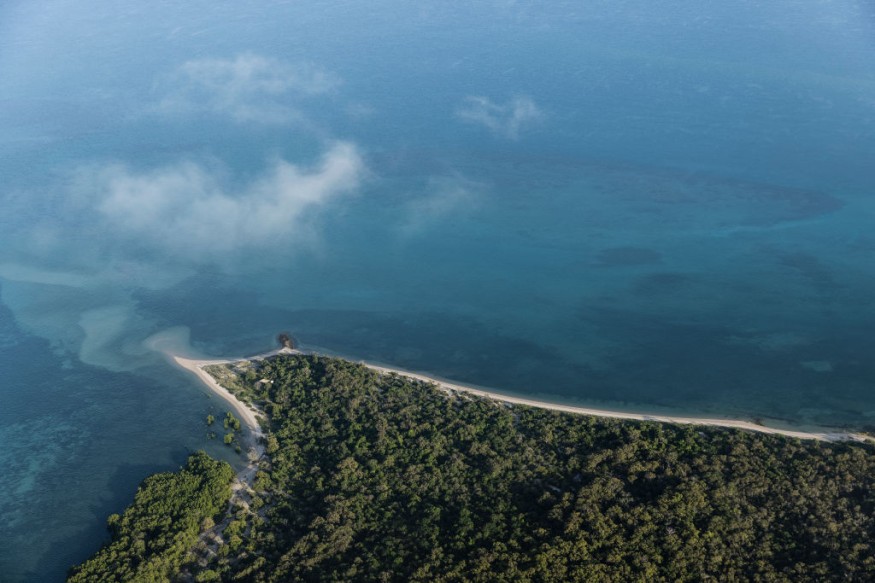
Latest comprehensive report on the state of Australia's environment, put together by a panel of independent scientists every five years has finally been released to the public.
The government was accused of "sitting on the report" to avoid bad press amidst the ongoing elections. With the recent change of government, the record of potentially devastating assessments is finally out in the world, and it's "just as bad as many folks feared," ScienceAlert reported.
Looking back into the past five years, a third of the Great Barrier Reef has been whitened by severe coral bleaching events, the tropical north has been heavily flooded, and more than 46 million acres of land burned in the nation.
Driven by climate change, habitat loss, pollution, and widespread of invasive species, Australia's environment has entered into a "serious and severely" deteriorating state.
Turning Things Around
At this point, the report's key findings suggest that urgent actions can still be taken. "Australia currently lacks a framework that delivers holistic environmental management," the report said. Although the devastating effects continue to grow, the challenge is still something a collaborative action can mitigate.
As per Environment Minister Tanya Plibersek, "Australians deserve the truth." They deserve to know that "threatened communities have grown by 20 percent in the last five years with places literally burned into endangerment by catastrophic fires."
Australia's coastal shores and waters have gone downhill and currently in "poor conditions", but not as worse as the land. 10 of the 18 ecosystems deemed at 'risk of collapse' are terrestrial.
Meanwhile, the nation's original eucalypt woodlands have been cleared by a third, so is nearly half of the nation's casuarina forests. Vegetation has been lost, and invasive species of flora now outnumber native species. Consequently, Australian fauna has also suffered.
In fact, Australis is now one of the countries around the world to have highest rates of species decline, and has already lost more mammal species than any other continent.
What Happens Next
Scientists predict that many of the country's species will go instinct in the next two decades, including the northern hopping-mouse, the rock-rat, the Christmas Island flying fox, and the black-footed tree-rat. In fact, other unidentified species we have yet to discover or describe could all go extinct as well.
Experts highlight the importance reincorporation of Indigenous knowledge of the ancestors living in Australia for tens of thousands of years, who have a deep understanding about what healthy, native ecosystems look like and how these can be managed.
Which is why for the first time, the 2021 State of Environment Report devotes an entire chapter to the role of First Nations people in conservation, allowing Australia's Indigenous people to voice out their concerns in the nation's environmental heritage.
"The findings were very much a precursor to an extinction crisis in Australia, unless we see transformative change," Brendan Wintle, an ecosystem and forest scientist at the University of Melbourne told The New York Times.
Thankfully, it is what the Australian public is exactly calling for during this challenging time.
Related article : Detroit Experienced Scattered Showers and Other Parts on North Eastern Us Hits Record Breaking Heatwave
© 2026 NatureWorldNews.com All rights reserved. Do not reproduce without permission.





